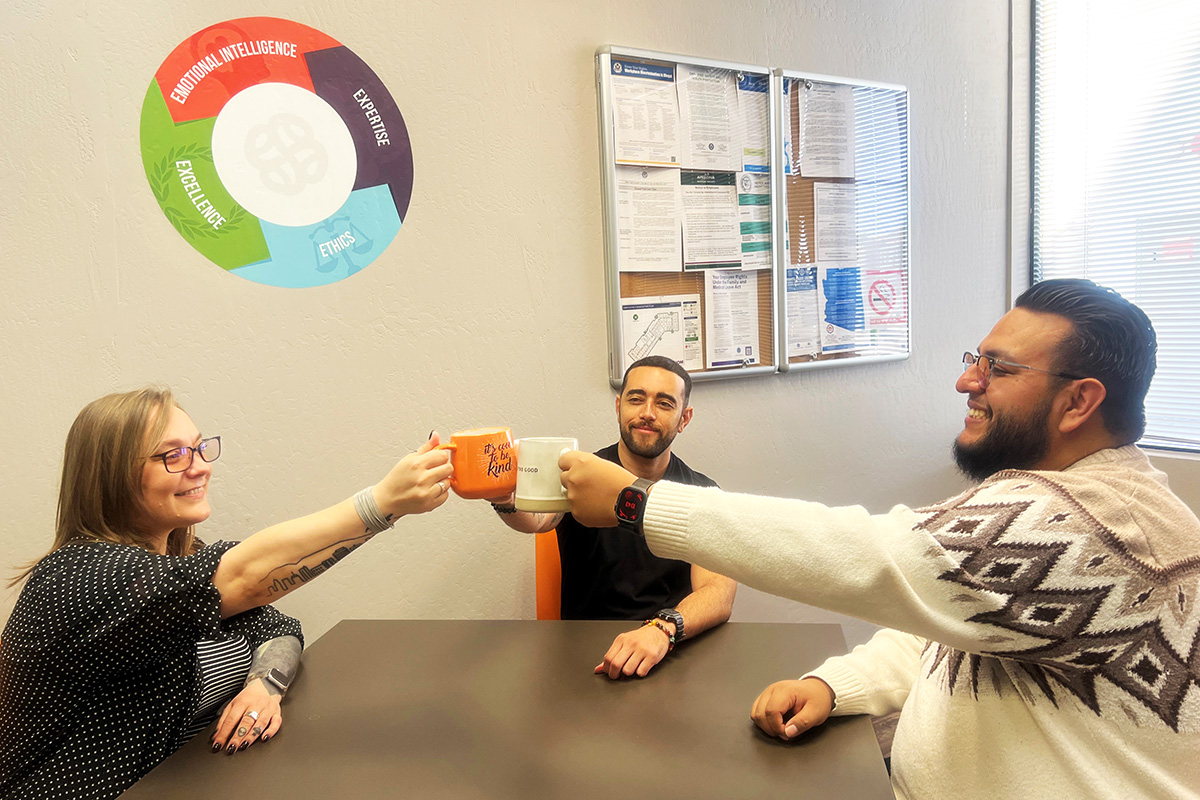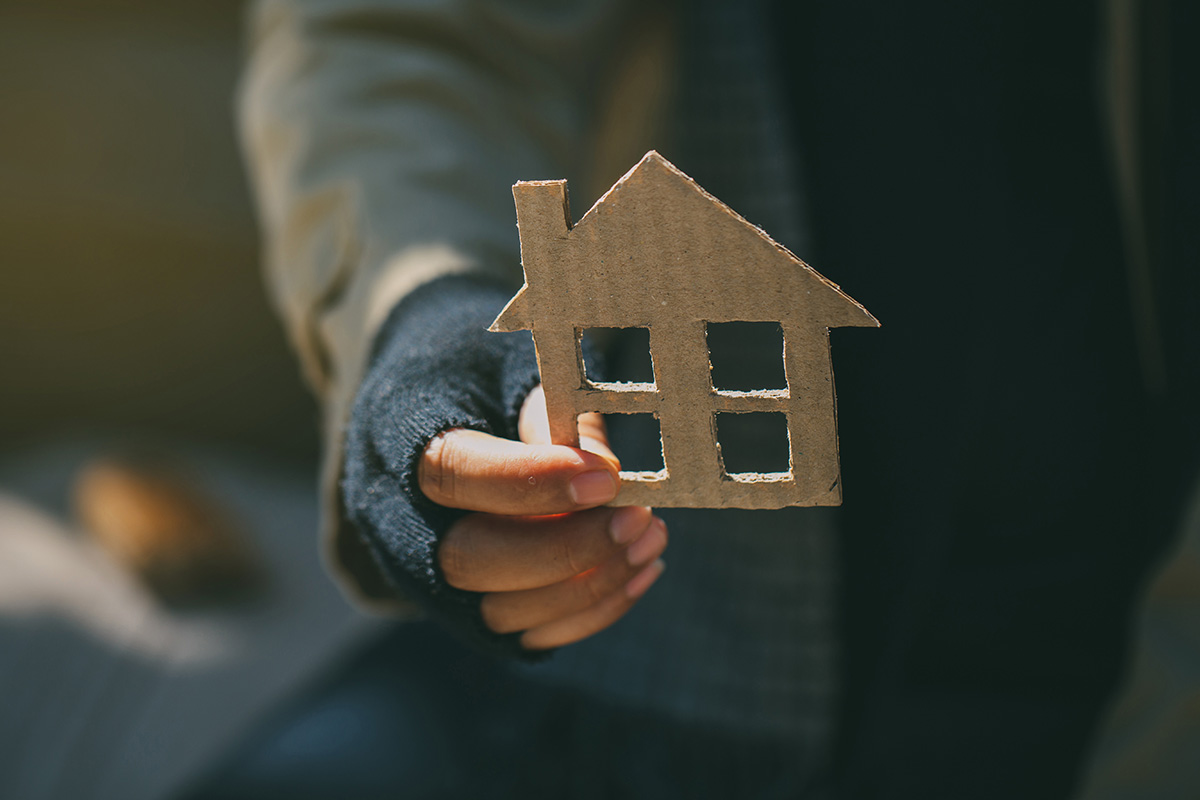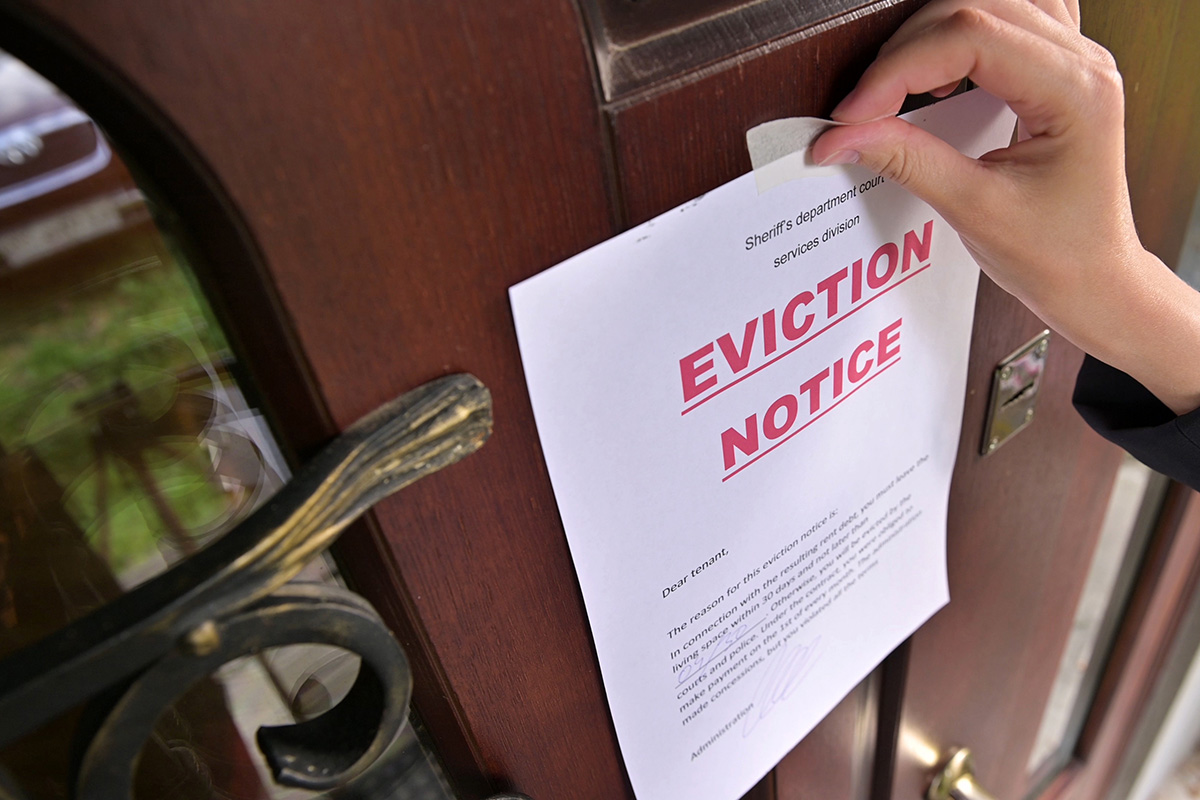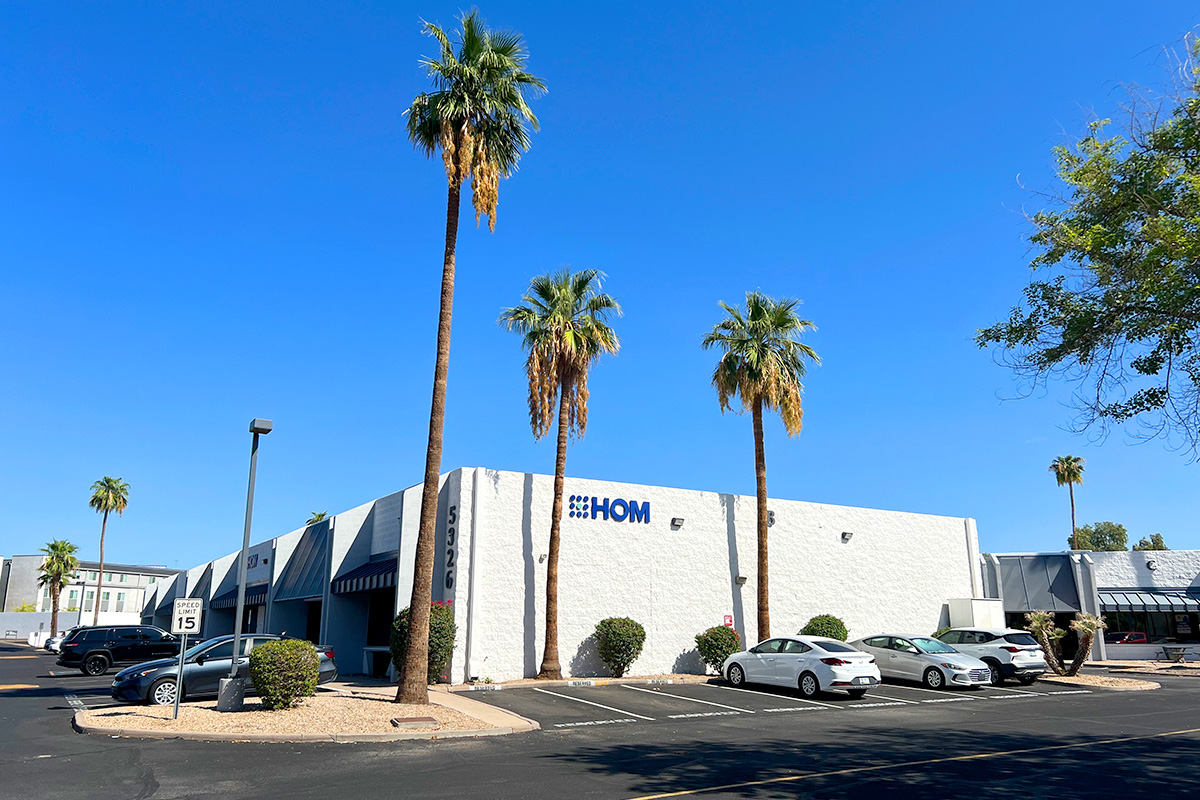Confronting Racial Disparities in Housing and Homelessness
Housing is a basic human right, yet for many in the United States, it remains a distant dream. When we delve into the housing and homelessness crisis, we uncover a stark and troubling reality: racial disparities are deeply rooted in our housing system. These disparities are not merely incidental but are the product of historical injustices, systemic racism, and ongoing discrimination.
The legacy of discriminatory practices is evident:
- According to the U.S. Department of the Treasury, in 2022, about 75% of white households owned their homes, compared to just 45% of black households. This inequality contributes to the wealth gap, as homeownership is a primary means of wealth accumulation.
- Black individuals make up about 13% of the U.S. population but account for 37% of the homeless population. Similarly, Native Americans, who comprise less than 1% of the population, represent 3.7% of those experiencing homelessness1.
- Economic Barriers: High housing costs and low wages are significant barriers for all racial and ethnic backgrounds. In Arizona, the housing wage for a two-bedroom apartment is $29.93 per hour, while the minimum wage is $14.35 per hour. This discrepancy forces individuals to work multiple jobs to afford basic housing.
- Maricopa County Insights2:
- Among those placed in permanent supportive housing who subsequently returned to homelessness, there were significant differences by race/ethnicity: 5% of White, non-Hispanic residents returned to homelessness, compared to 10% of Latino/Hispanic residents and 8% of Black/African American residents.
- In rapid rehousing interventions, returns to homelessness were more frequent across all racial/ethnic groups: Multiracial (38%), Native American (26%), Black/African American (22%), Hispanic/Latino (22%), and White (18%).
- The process by which people are assessed and housing interventions are prioritized contributes to these disparities. Tools like the VI-SPDAT have been found to have racial biases, resulting in lower scores for Black participants, which affects their access to permanent supportive housing.
Strengthening and enforcing fair housing laws is crucial. Policies aimed at increasing affordable housing, such as inclusionary zoning and housing vouchers, can also help.
The U.S. Department of Housing and Urban Development (HUD) has proposed new measures aimed at reducing barriers to public housing. This proposal is a critical step in addressing the systemic inequities that have long plagued the housing sector.
In addition to federal efforts, state-level initiatives are crucial in addressing our local housing crisis. Arizona has recently passed several bills aimed at increasing affordable housing and addressing homelessness in general, including:
- SB 1162: streamlines the zoning process to increase residential housing development. By simplifying zoning regulations, it aims to reduce the time and cost associated with developing new housing projects, thereby boosting the supply of affordable housing.
- HB 2297: allows for the rezoning of commercial buildings for residential uses. Repurposing underutilized commercial spaces into residential units can provide a quick and efficient way to increase housing availability, particularly in urban areas where space is limited.
- HB 2721: permits multifamily developments in single-family residential zones. Allowing higher density housing in these zones can help alleviate housing shortages and make housing more affordable by increasing supply.
- HB 2720: permits accessory dwelling units (ADUs) on single-family residential lots. ADUs, such as casitas, offer a flexible and affordable housing option that can increase the overall housing stock without requiring significant new construction.
Additionally, the City of Phoenix & City of Tucson have passed a Source of Income Discrimination Ordinance which makes it illegal for landlords to refuse tenants solely because they rely on non-traditional income sources such as housing vouchers or subsidies.
Increasing public awareness about the racial inequalities in housing and homelessness can galvanize support for change. Advocacy efforts can push for the necessary policy reforms and community investments.
The racial disparities in housing are not just a matter of statistics; they reflect profoundly established inequities that demand urgent action. By acknowledging the historical context, understanding the current manifestations, and working towards comprehensive solutions, including the new HUD proposal to reduce barriers to public housing and recent affordable housing bills in Arizona, we can move closer to a future where housing is truly a right for all, regardless of race. The journey towards equity is long, but it is a necessary path that we must all commit to walking together.
1 United States Census Bureau. (2023). US Census/Quickfacts. https://www.census.gov/quickfacts/fact/table/US/PST045222
2 Olivet, J., and Whitehead, D. (2021). Race and homelessness in Maricopa County, Arizona: Examining the Intersections. Racial Equity Partners and Maricopa Regional Continuum of Care.









